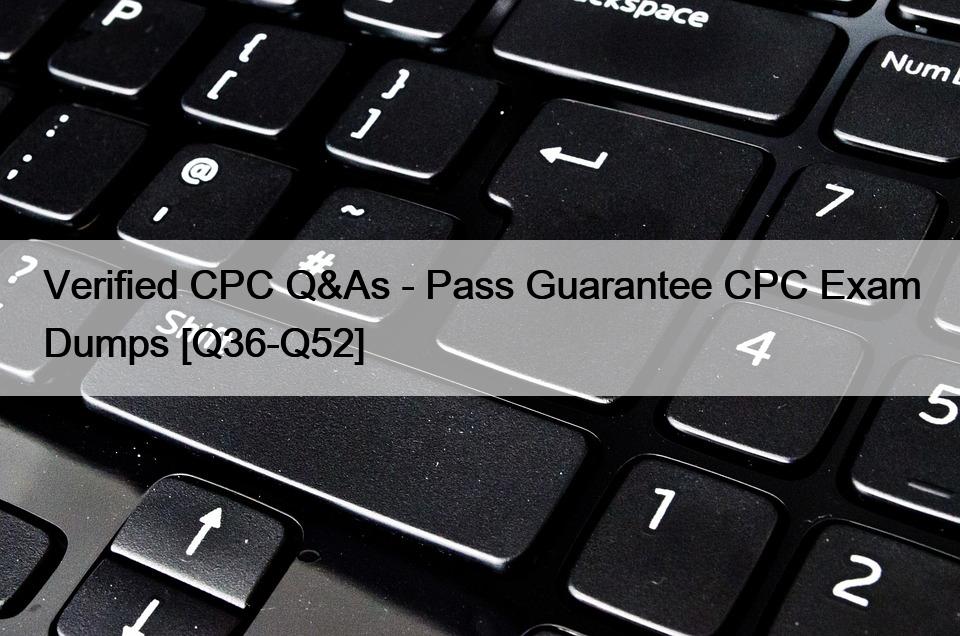NEW QUESTION 47
View MR 006399
MR 006399
Operative Report
Preoperative Diagnosis: Chronic otitis media in the right ear
Postoperative Diagnosis: Chronic otitis media in the right ear
Procedure: Eustachian tube inflation
Anesthesia: General
Blood Loss: Minimal
Findings: Serous mucoid fluid
Complications: None
Indications: The patient is a 2-year-old who presented to the office with chronic otitis media refractory to medical management. The treatment will be eustachian tube inflation to remove the fluid. Risks, benefits, and alternatives were reviewed with the family, which include general anesthetic, bleeding, infection, tympanic membrane perforation, routine tubes, and need for additional surgery. The family understood these risks and signed the appropriate consent form.
Procedure in Detail: After the patient was properly identified, he was brought into the operating room and placed supine. The patient was prepped and draped in the usual fashion. General anesthesia was administered via inhalation mask, and after adequate sedation was achieved, a medium-sized speculum was placed in the right ear and cerumen was removed atraumatically using instrument with operative microscope. The tube is dilated, an incision is made to the tympanum and thick mucoid fluid was suctioned. The patient was awakened after having tolerated the procedure well and taken to the recovery room in stable condition.
What CPT coding is reported for this case?
